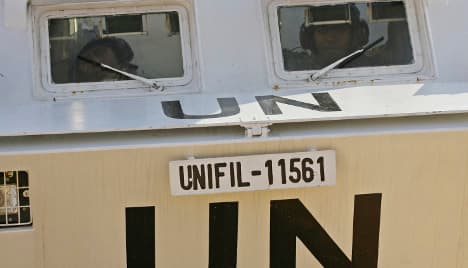Italian general to head UN force in Lebanon

UN chief Ban Ki-moon on Monday appointed Italian general Luciano Portolano to head the United
Nations Interim Force in Lebanon.
Portolano will succeed his countryman and fellow general Paolo Serra, who is leaving the post on July 24 after two-and-a-half years.
Portolano, a 54-year-old major general, currently serves as deputy chief of staff for joint operations in Italy's armed forces, according to a statement from Ban's office.
He previously commanded the International Security Assistance Force (ISAF) Regional Command West in Afghanistan.
Italy is one of the main troop contributors to UNIFIL, a multinational force established in 1978 to monitor the border between Lebanon and Israel. It consists of 10,200 soldiers.
Comments
See Also
Portolano will succeed his countryman and fellow general Paolo Serra, who is leaving the post on July 24 after two-and-a-half years.
Portolano, a 54-year-old major general, currently serves as deputy chief of staff for joint operations in Italy's armed forces, according to a statement from Ban's office.
He previously commanded the International Security Assistance Force (ISAF) Regional Command West in Afghanistan.
Italy is one of the main troop contributors to UNIFIL, a multinational force established in 1978 to monitor the border between Lebanon and Israel. It consists of 10,200 soldiers.
Join the conversation in our comments section below. Share your own views and experience and if you have a question or suggestion for our journalists then email us at [email protected].
Please keep comments civil, constructive and on topic – and make sure to read our terms of use before getting involved.
Please log in here to leave a comment.